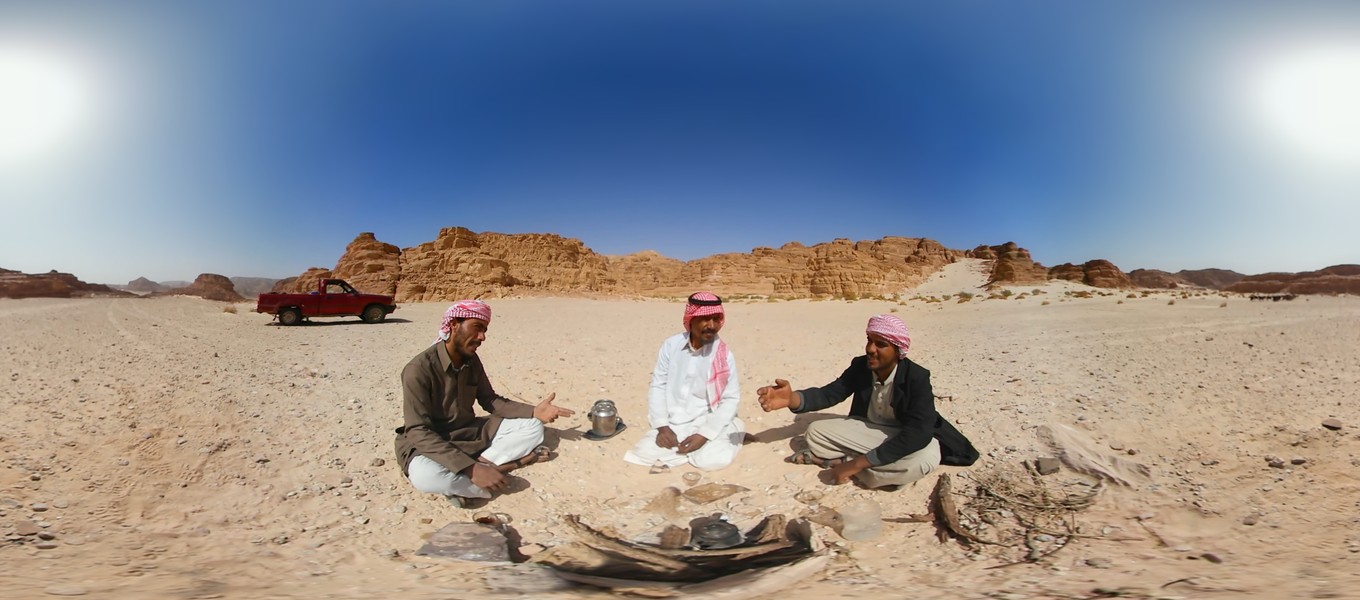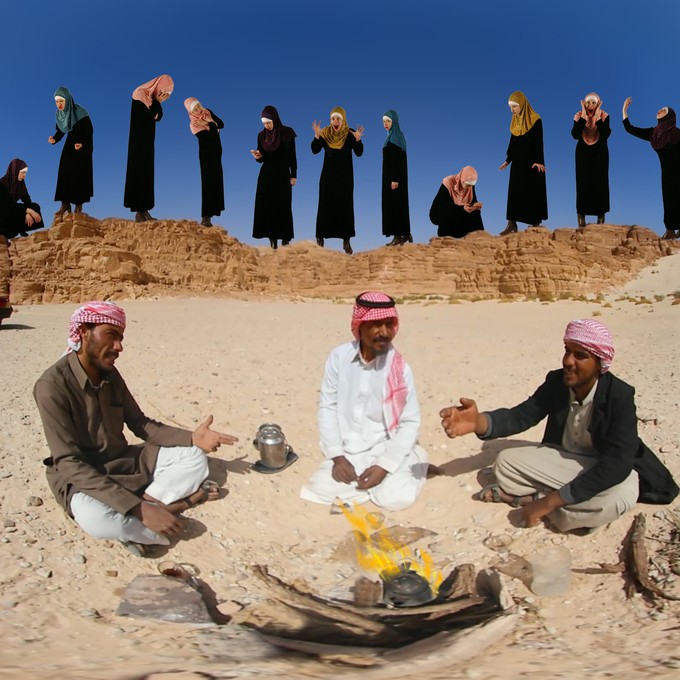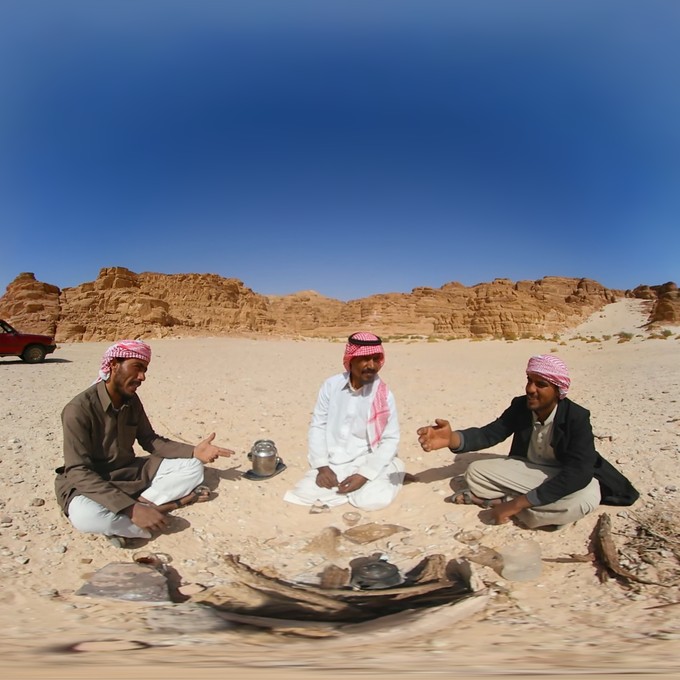Tamar Hirschfeld
L'Institut de mon Arabe - Installation - 2017
presented as part of the exhibition panorama 19



Installation
I like Arabs. I like them because they remind me of home, they remind me of the desert, the remind me of my father and they remind me of all of the world’s conflicts, so life become more existential. Hence I like living in Roubaix and why I would move to Brussels. Hence I was very happy to collaborate with and Egyptian and film in The Sinai desert.
I especially love Bedouin. I love them because they are biblical. I love them because they are spread in tribes in the middle-east, Saudi Arabia, Jordan, Iraq and Israel. They are victims of the territorial-national structure of the world. They are nomadic, they don’t care about territory (because anyways the desert is empty), They drink tea around the fire, smoke and tell stories. They are stuck in a really bad part of the world, and suffer from the actions of the stupid political masculine global egos. The Bedouins make me melancholic and compassionate. That is why I was so happy to share your tax money with them by shooting them, they were very grateful, Egyptian economy is a rack.
I created for you a virtual reality so you can immerse yourself in the Bedouin landscape and see the absurdity of western technology imposed on no western cultures.
The film was shot in February. In April the authorities decided to forbid Israelis from entering The Sinai Peninsula, for Isis reason. So please, as you watch this film, see it as a relic of our changing world.
Enjoy!
Tamar Hirschfeld
Tamar Hirschfeld was born in Jerusalem in 1984, qualified with a Master's Degree at the Bezalel Academy of art and design, Jerusalem (Israel). She grew up in Jerusalem, a city rife with conflicting religions, nationalities, and ideologies. This reality has fuelled Tamar Hirschfeld's preoccupation with power relations. She has learned how to act in a stress-filled, conflict-ridden, binary environment.
From the beginning of her undergraduate studies in the city, she made it her goal to produce images based on ideological ambiguity. Hirschfeld uses extreme, hackneyed representations of religion, nationality, gender, and race, which she dialectically confronts with their opposites. This is her way of protesting against a binary perception of reality, one that requires us to choose a political party, a religious or national loyalty, and a clear gender identity, and thus upholding humanity. Hirschfeld’s work varies between installation, performance, drawing and film and has been presented at contemporary art events such as Tel Aviv, Petach Tikva and Herzelia Museums in Israel, and she received a grant from the Centre for Contemporary Art in Tel Aviv.
She is currently living and working in Tel Aviv as well as in Lille, where she is a student at Le Fresnoy, Studio national des arts contemporains.
